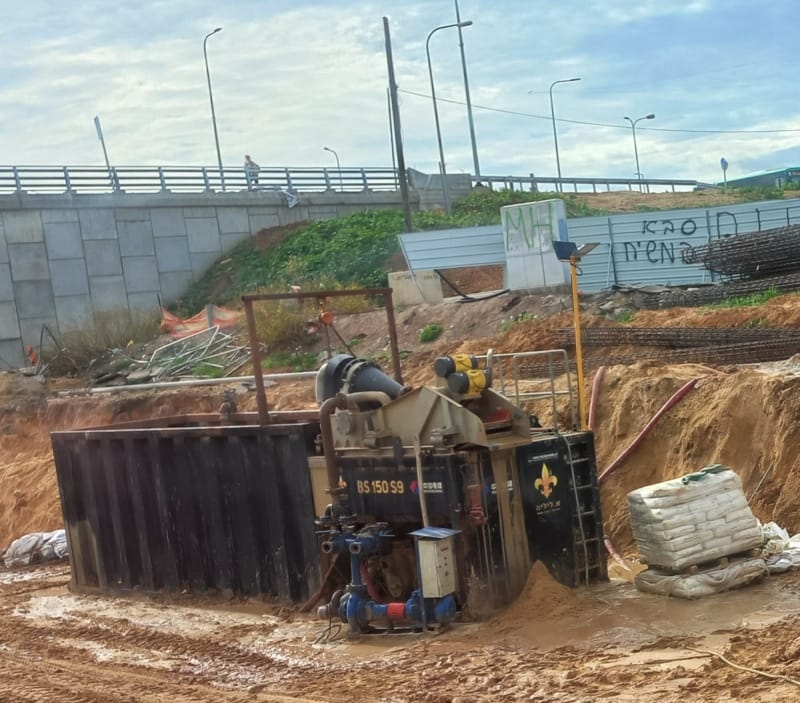Report highlights:
• The number of workers moderately or severely injured in work accidents in 2022 was the highest in the last 4 years. The number of fatalities remains constant.
• 72 workers lost their lives in work accidents in 2022, half (50%) of them worked in the construction sector. The fatality rate in the agriculture sector is twice as high as it was in 2021 (14 fatalities compared to 6). Eight agricultural workers died after being hit by a vehicle or it overturning.
• In 2022, the accident rate across all labor market sectors was 14 accidents per 100,000 workers, and the fatality rate was 1.66 fatalities per 100,000 workers. In the construction sector, the accident rate was 112.66 accidents per 100,000 workers, and the fatality rate was 12.25 fatalities per 100,000 workers—far above the European Union fatality rate of 5 deaths per 100,000 construction workers.
• In 2022, the main causes of fatal work accidents across all sectors were falling from height (50%) and heavy object falling (17%). Injuries by a work vehicle were also common in the construction sector (19%). Despite this, most of the safety orders issued this year were for violations of the Electricity Law, use of a defective elevator, or failure to conduct reviews of boilers by a qualified inspector.
• There was also a decrease in the number of safety orders issued by the Safety Administration (3,264 in 2022 compared to 4,824 in 2021) and a decrease of approximately 2 million NIS in the total financial sanctions imposed on employers (approximately NIS 9.8 million this year compared to approximately 11.8 million NIS in 2021). According to the State Comptroller’s report as of May 2022, only 5% of sanctions are actually collected.
• The contractors with the highest number of safety orders are DAVID COHEN MASHBAT LTD. and A.Kh. Khaled Construction Ltd., but despite the many alleged safety violations, their license was not revoked by the Registrar of Contractors.
• New pieces of legislation regarding scaffolding regulations and differential insurance through the National Insurance Institute that were supposed to reduce accidents, especially in the construction sector, has not been implemented. Other legislation has not yet been enacted such as regulations regarding criminal liability, safety net regulations, the establishment of a national authority for occupational health safety, and improvement of the working conditions for inspectors.
• To date, the State does not take responsibility for worker safety and instead shifts responsibility to workers.


